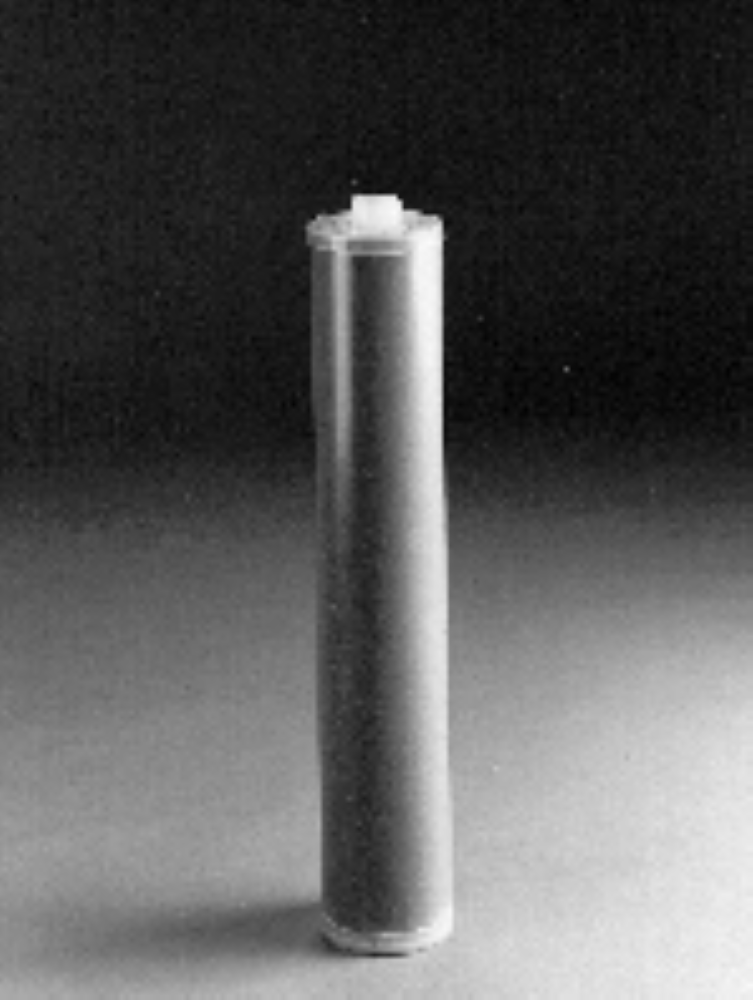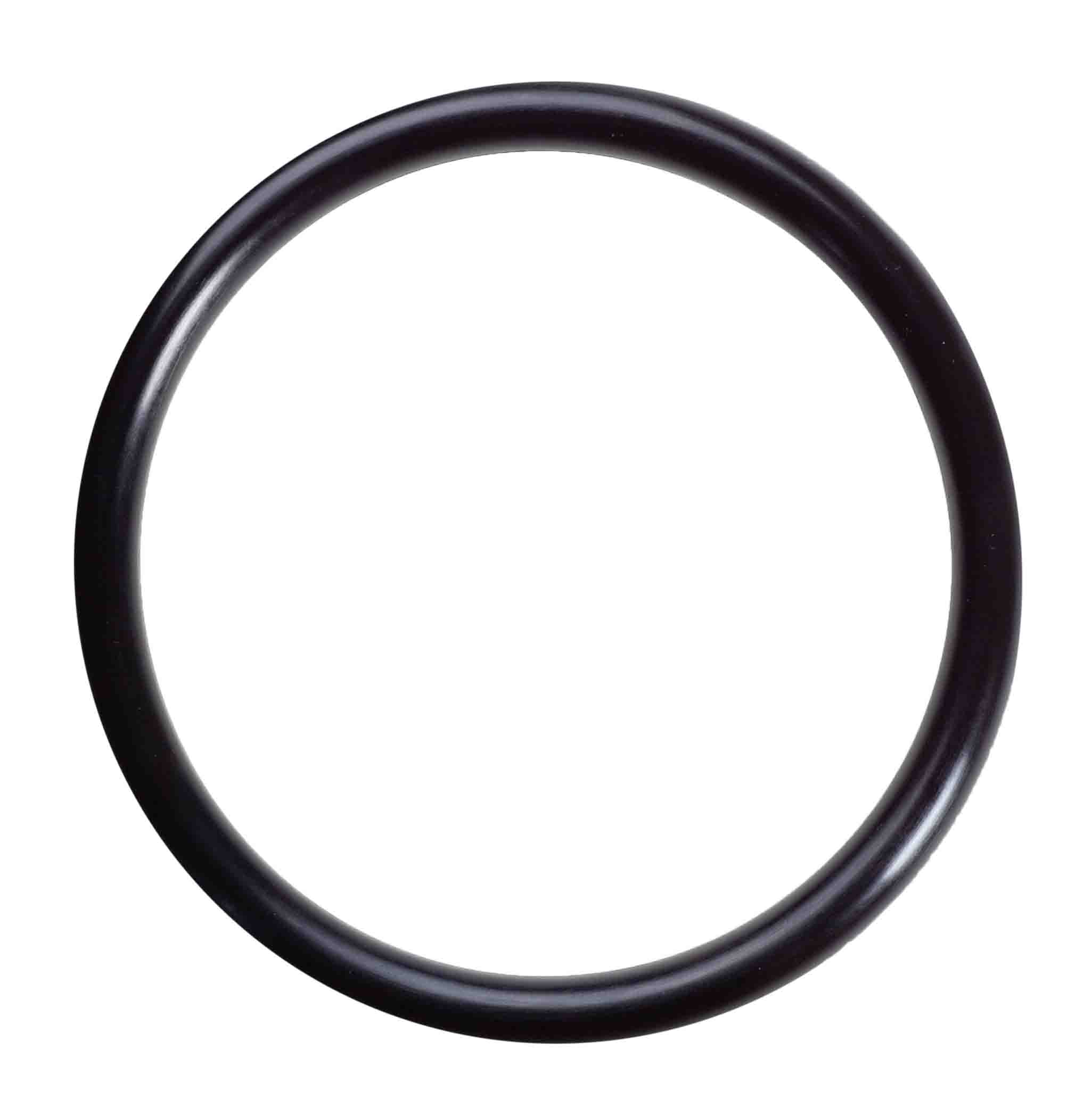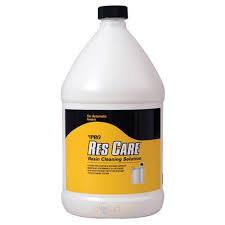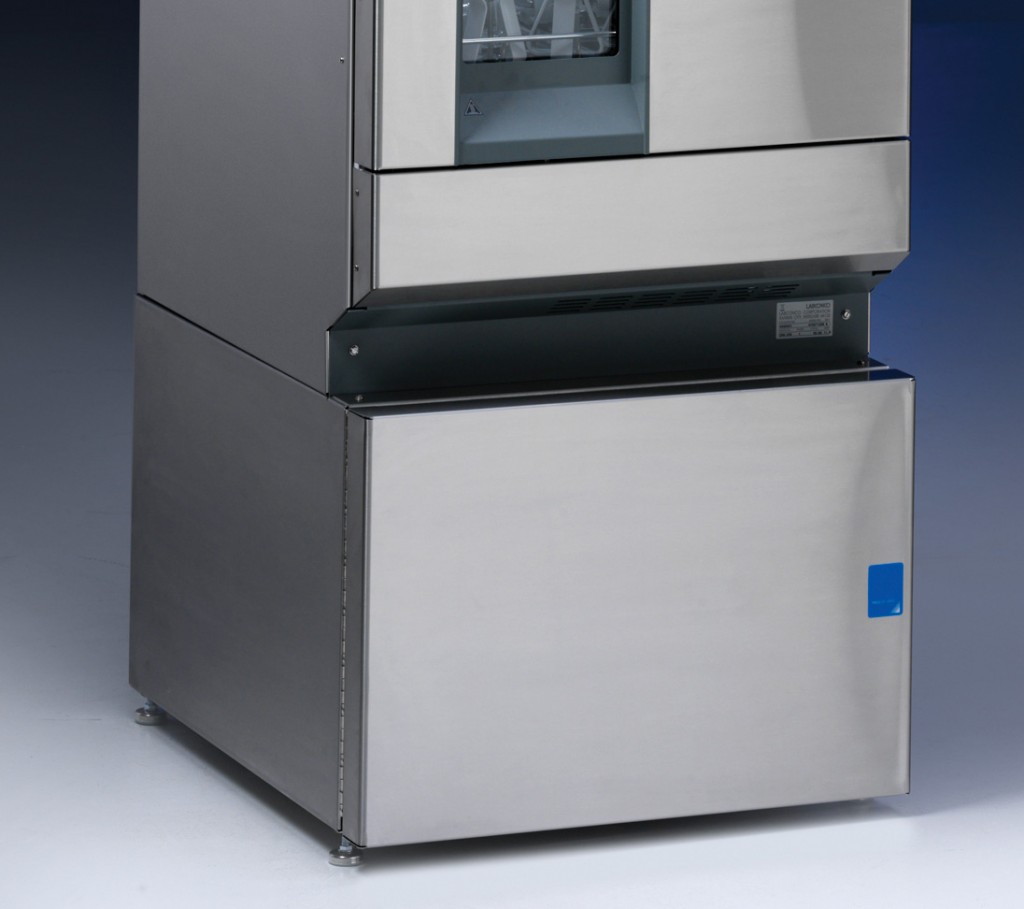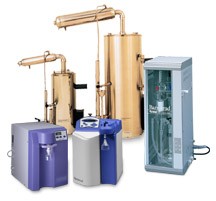 |
Need a New Laboratory Water System?
We have many to choose from. We can save you thousands on
Complete Systems and replacement filters for most brands. |
Why might you need to purify your water ?
Although most drinking water in the United States is considered safe, there is increasing concern about the quality of drinking water as more and more pollutants are found in groundwater supplies. Worry about the possible health problems resulting from these contaminants is causing consumers to wonder what they can do to ensure the quality of their own water supply. The most strongly recommended and best solutions to the problem of a contaminated water source are either ending the practices causing degradation of the water source, or changing water sources. These options may not always be practical or may take months or years for completion. In the mean time, other solutions may be necessary. Installation of a home water treatment system may be one viable alternative for people with contaminated drinking water. It should be recognized that home water treatment is considered only a temporary solution.
Treatment systems can be quite expensive, require regular monitoring and maintenance and no one system can be used for all contaminants. They may also become less effective if the degree or type of contamination changes over time. As a result, authorities recommend that bottled water be used for drinking and cooking purposes. This bulletin will provide a guide for consumers who want to know about home water treatment systems. The first step for a homeowner or renter with a suspected water quality problem is to obtain a chemical analysis of the water from a local health department or private laboratory. Public health professionals can aid in interpreting the results. It is important to remember that the presence of a contaminant does not always mean that treatment of the water is needed. A water quality professional will use the chemical analysis to determine which, if any, water treatment system is appropriate. Many water quality problems are of esthetic rather than health concern; e.g. bad odor or taste. Although these types of problems are important and may also be remedied using home water treatment systems, this bulletin will focus on contaminants which may lead to adverse health effects. There are a variety of water treatment processes that are available to the homeowner. The systems differ in the types of chemicals removed, location within the home, and operating and maintenance requirements. Two broad categories of home water treatment units are point-of-use (POU) and point-of-entry (POE) systems. POU systems are installed near the point of use, normally in the kitchen at the end of a faucet, plumbed in-line under the sink, or placed on a countertop. These systems typically treat the 3 to 5 gallons per day which the average family uses for drinking and cooking. POE units are larger, more expensive, usually placed in the basement and treat water as it enters the home, generally excluding water to outdoor taps. POU or POE treatment systems are most economical if they are sized and operated to supply treated water only in quantities needed. POE devices offer the best protection from both esthetic and health related contaminants. However, POU devices are generally cheaper. POE devices are often preferred when iron or hardness is present. The presence of these compounds can discolor fixtures and clothes, or lead to excessive buildup of scale in water piping. There are several processes available for home water purification. These include activated carbon, ion exchange, Reverse Osmosis, distillation, chemical oxidation and ultraviolet radiation treatment. These processes purify water by removing contaminants or transforming them into less objectionable compounds. A major disadvantage of all the processes is that verification of performance can usually only be determined by expensive chemical analysis. Therefore, filter replacement or maintenance may not be performed when necessary. If the filter is not functioning properly, the water may contain unacceptable levels of contaminants. It is also not possible to know with certainty the degree of contaminant removal unless appropriate water testing has been performed. Home treatment systems are not regulated by federal, state or local laws. Regulatory authorities generally consider home systems temporary solutions. This is because no system is capable of removing all possible contaminants and the potential for malfunction or improper maintenance is too great, in some cases, for these to be considered long term solutions. There is also no way for governmental agencies to monitor their performance in each home. Thus, to best protect public health, authorities recommend that permanent solutions, such as a new water source or clean up of the old source be developed. Certification of treatment products is available to manufacturers through independent testing laboratories, one of the most prominent being the National Sanitation Foundation (NSF). Results from NSF tests provide good measures of the effectiveness of devices designed to treat water for both esthetetic and health reasons. Those interested in particular systems can contact the NSF to determine if these devices have certified for the use intended. The Water Quality Association (WQA), a self-governing body of manufacturers and distributors, offers voluntary validation programs and advertising guidelines to their members. However, certification, registration or validation may be misleading. For example, manufacturers may be certified by an organization which used test conditions ideal for contaminant removal, but not representative of home conditions.
|
|
Images are representative of the products. Images may or may not be of the actual product. If it is important e-mail us for an actual image if available.
* Flat Rate UPS shipping when able to ship via UPS and is in the USA excluding Hawaii and Alaska.
Larger Items may not be able to ship via UPS, in that case freight charges will be quoted seperately.
International shipping will be quoted after the order is placed. You will have the opportunity to cancel before we finalize your order.
Terms and conditions
Credit Application
Privacy
Policy
List All Products
|





